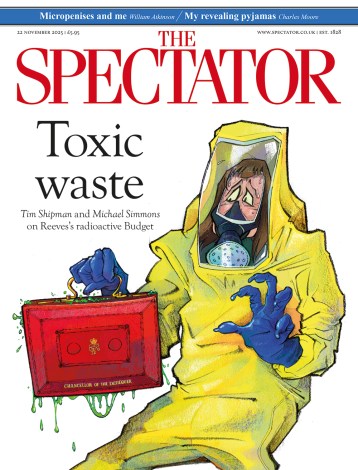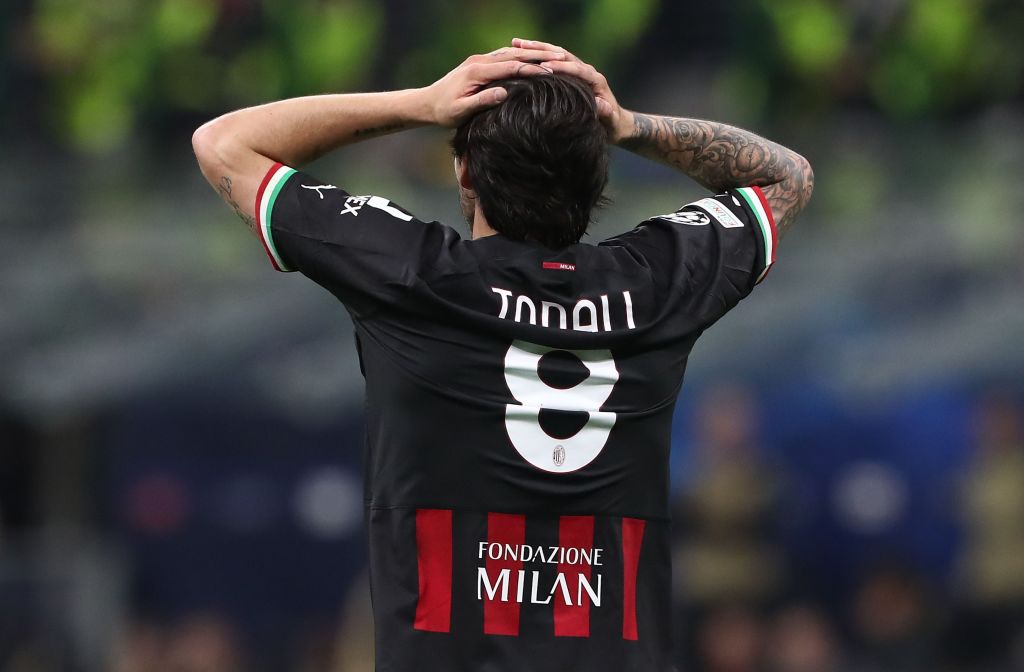Neither Sandro Tonali nor AC Milan wanted to part ways. The young midfielder is from the outskirts of the city, has been a fan since boyhood and his dad’s an ultra. He wanted to become a Rossoneri icon like his hero Gennaro Gattuso. The top brass at Milan saw him as a future captain. Tonali was instrumental to the club winning Serie A – Italy’s top league – last year and reaching the European Champions League semi-final two months ago. Milan’s legendary manager from the 1990s, Fabio Capello, says Tonali is ‘the recipe to win’ and that he could have played in ‘the great Milan teams’ from 30 years ago. But no amount of wishful thinking could beat a £55 million offer – the highest on record for an Italian player – from Saudi-owned Newcastle, where Tonali has gone, especially when Milan is so strapped for cash.
There was a time when no Serie A club would have dared to sell a player like Tonali, a time when Italian football was king. But many Italian clubs have weathered at least a decade of dodgy ownership. There has been financial mismanagement and even match-fixing scandals, and as a result the league is full of teams with mounting debts and crumbling stadiums. At the same time, Serie A’s competitors in Europe have become increasingly flush with television revenues and American venture capital. In England, oil money from the Middle Eastern states has given clubs such as Manchester City and Newcastle extremely deep pockets. The rift between the top clubs in England, Spain and Germany and those fallen Italian giants is widening. And the wider it gets, the less appealing any Italian team becomes to new investment.
Italy’s biggest clubs, Juventus, Milan and Inter, are three of the most indebted teams in Europe. They owe some £2 billion between them and they receive less than half of the revenues of their English counterparts. Serie A as a whole receives only a tenth of the international television revenues as the Premier League. International fans pay to watch the top stars who are heading to England and care little for the hollowed out teams in Italy.
There has been financial mismanagement and even match-fixing scandals, and as a result Serie A is full of teams with mounting debts and crumbling stadiums
As the richest clubs, the Chelseas, Manchesters and now Newcastles can choose Serie A players à la carte. These are skilled players, such as Tonali, who have experience in the highly technical Italian league. The English clubs don’t want to buy a dud and it’s convenient for them. They can outspend the local competition knowing that the Italian clubs need the money. For Inter and Juventus the current cash cows are Nicolo Barella and Federico Chiesa. Will they stay in Italy? It’s unlikely.
Serie A produced some of the most iconic club players ever to grace the game. Alessandro Del Piero gave two decades to Juventus, becoming the club’s all-time leading goal-scorer and appearance-maker. Francesco Totti held the same records at Roma where he played for 25 years. Fans called him the ‘Eighth King of Rome’, an honorific he took very seriously: ‘I cheated on all of my girlfriends, but I never cheated on Roma and I never will.’
At Milan, the most famous is Paolo Maldini – Il Capitano – who played more than 900 games as a tough-tackling defender between 1984 and 2009. For him it was part of the family business. His father had been an even tougher tackling centre back and club captain in the 1950s and 1960s. Maldini’s career matched the dominant spell of Italian football. He played with three of the best squads to have ever existed. The top players who flocked to Italy included English talent. Paul Gascoigne traded a FA cup-winning Spurs for resurgent Lazio in 1992. David Platt went to Bari and Paul Ince went to Inter a few years later where the latter loved the ‘technicality’ of the game. They took English fans with them. Every Saturday morning three million would tune into Channel 4’s Gazzetta Football Italia to watch highlights from the best league in the world.
During the 1990s Italian teams lifted 13 European trophies – Maldini won five himself – broke the transfer record six times and had six Ballon d’Or winners, including Zidane and Ronaldo. The past decade has been a different story. No Italian team has won the Champions League since 2010 and none of their players has won the Ballon d’Or since 2007.
Maldini knows Serie A is a shadow of its former self and that financial mismanagement was the problem. Before a European cup tie in 2021, he stressed that the opposition, Manchester United, earned £400 million more than Milan. Deloitte had just financially ranked Milan below Sheffield United, who were the worst team in the Premier League that season. Milan’s chairman lamented: ‘Nearly everyone has overtaken us… Serie A has become the Serie B of Europe.’
There have been a few flashes of brilliance from the Italian teams here and there. Inter reached the final of the most recent Champions League after a great cup run, but no amount of energy on the pitch could overcome a brutally efficient Manchester City, the world’s wealthiest club. Juventus were runners-up in 2015 and 2017, but they too lacked the cutting edge.
During the 1990s Italian teams lifted 13 European trophies, broke the transfer record six times and had six Ballon d’Or winners. The past decade has been a different story
The top Italian clubs can’t afford to keep their squads together for too long and are at the back of the queue for top players to replace them. In 1984 Napoli spent a world record breaking amount to bring Maradona from Barcelona to Italy’s poorest city. Some 85,000 fans crammed into the stadium, now named after him, to get a glimpse of the best footballer on Earth. The local paper led with: ‘No mayor, houses, schools, buses, employment and sanitation, none of this matters because we have Maradona.’ Two seasons later he led the club to its first ever league title – the Scudetto – which was ‘the redemption of the city’, according to his teammate Ciro Ferrara. But it has been a long time since Serie A has been able to attract the world’s best player in their prime. Buying cheap fading stars and talented misfits is too common a solution for indebted Serie A teams.
Roma alone has given refuge to England’s Chris Smalling and Tammy Abraham. The club is also rumoured to be after Mason Greenwood, whose recent legal troubles make him too toxic for any Premier League club. Milan has already recruited Chelsea outcasts Ruben Loftus-Cheek this summer for a third of what they’ve received for Tonali. But Serie A won’t revive its fortunes by becoming a care home for stars down on their luck.
The suits in the club office claim a fresh start might turn these players into winners while they prepare the few remaining stars for sale. But no one really believes it. The next to go will probably be their star forward, Rafael Leao, whose five-year contract means that any suitors will most likely have to pay more than £100 million: a staggering sum which will once again be spent on hoovering up fallen stars deemed too old or not good enough in England, Spain or Germany. The names guarantee a few shirt sales, but in a few years they’ll move on or retire and the club will be back where it started.
The best bet for Serie A is to spend whatever money it has on keeping its diamonds where it finds them instead of chasing fading talent. A club like Milan could build a team to match the ‘Immortals’ of the 1980s or the ‘Invincibles’ of the 1990s. Then the Rossoneri would place Italian football back on its throne.






Comments